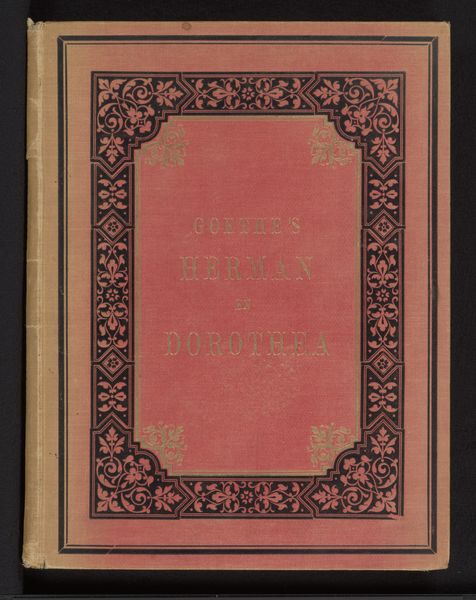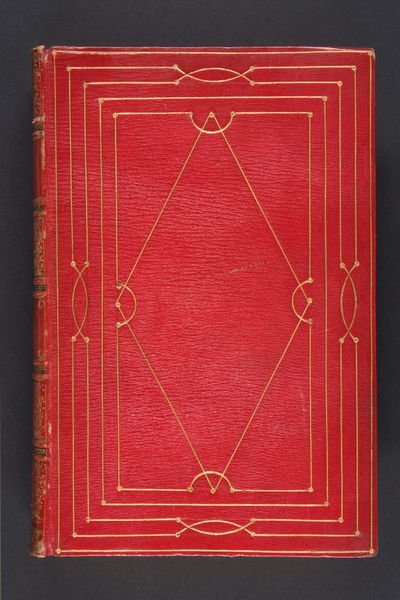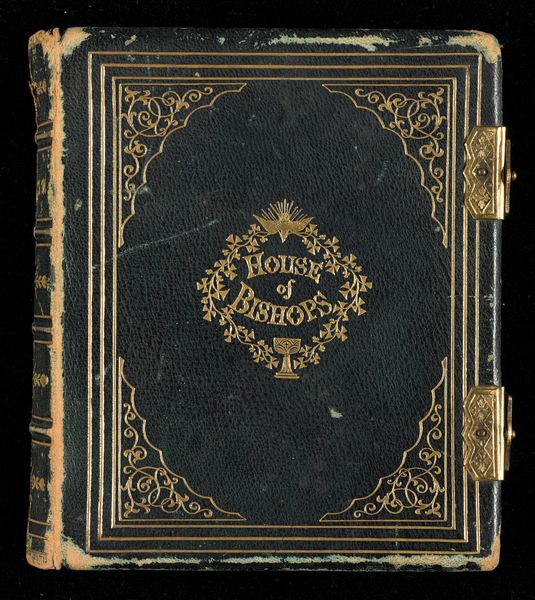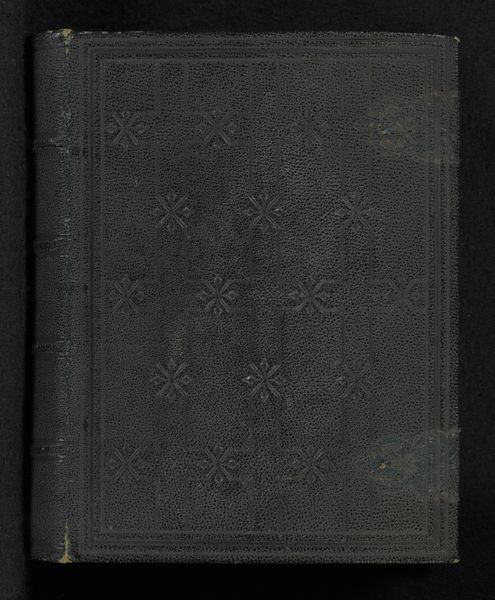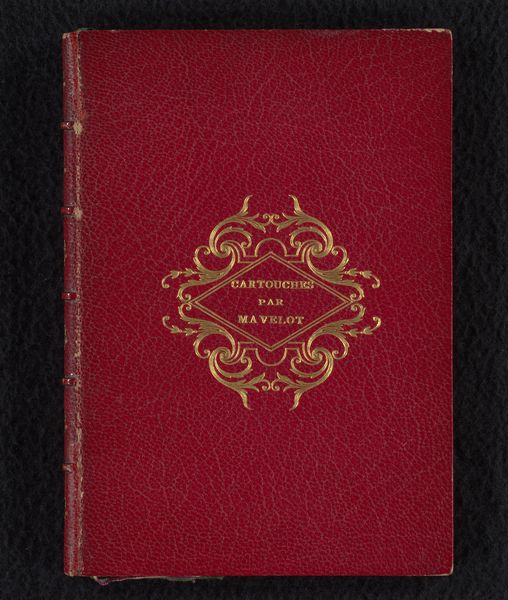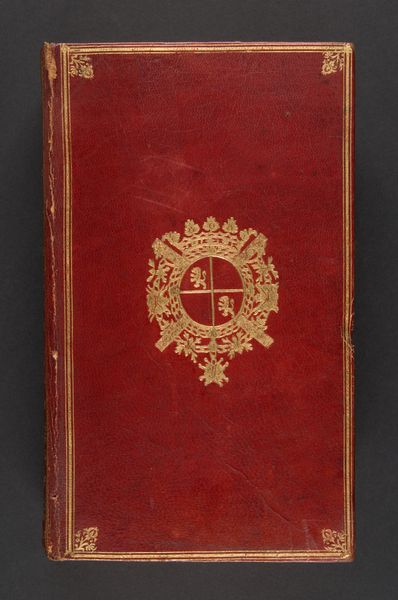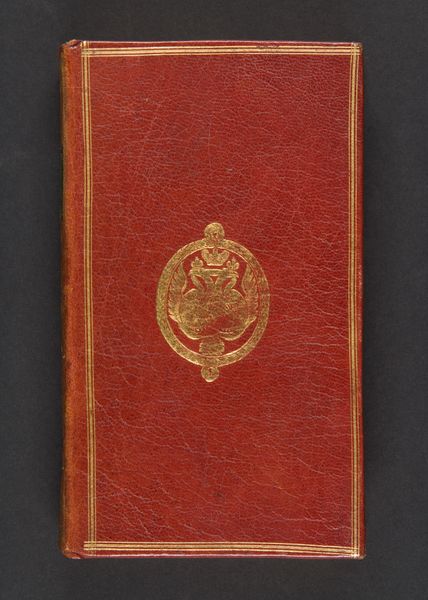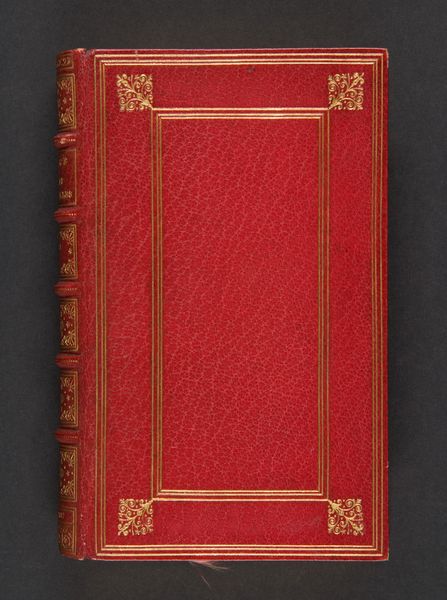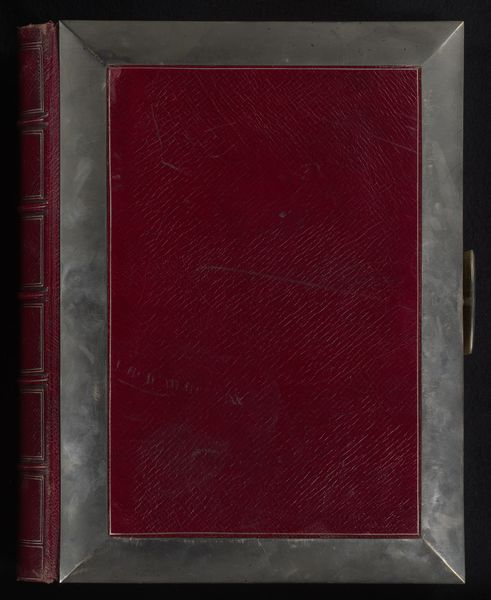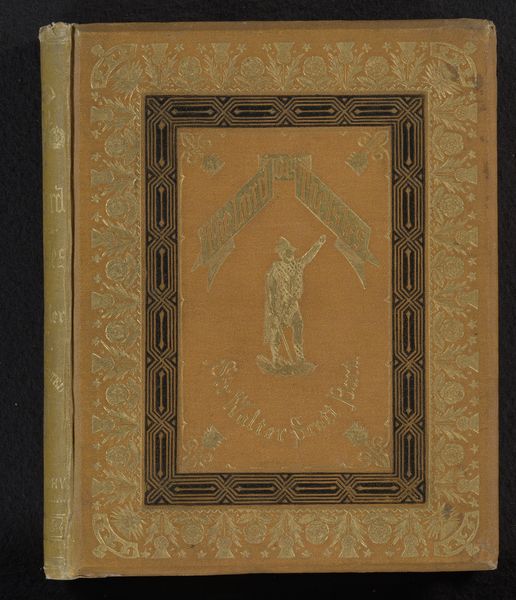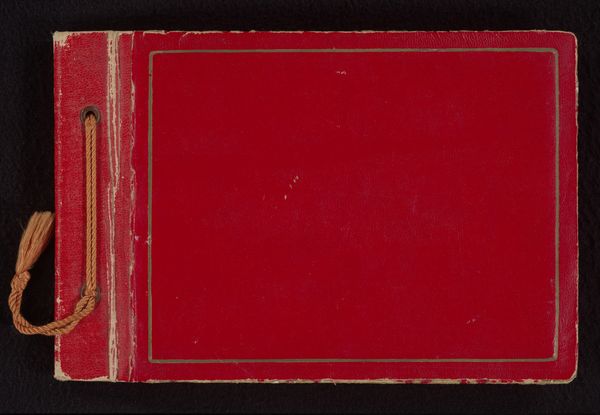
print, paper, photography
#
natural stone pattern
#
dutch-golden-age
# print
#
paper texture
#
paper
#
geometric pattern
#
photography
#
subtle pattern
#
chalky texture
#
organic pattern
#
repetition of pattern
#
regular pattern
#
pattern repetition
#
decorative-art
#
layered pattern
Dimensions: height 113 mm, width 75 mm, thickness 20 mm, width 840 mm
Copyright: Rijks Museum: Open Domain
Editor: This is a cover from a Leporello album containing twelve photographs of Amsterdam, dating from around 1870 to 1890. The cover material looks to be decorated paper and print. I'm struck by the intricate pattern work, a bit reminiscent of Art Nouveau but also quite formal. How would you interpret the imagery on this cover? Curator: The patterns, aren't they evocative? Notice the layering; geometric patterns interweave with organic motifs. What feeling does that evoke for you, considering Amsterdam's historical context? To me, it represents the city itself: structured and planned, yet always flourishing with natural life. Editor: I hadn't thought of it that way, but I see what you mean. The geometric shapes seem to contain the floral designs, almost like canals framing gardens. Is there something about Amsterdam's cultural identity in that period that the cover might be pointing to? Curator: Precisely! The late 19th century witnessed Amsterdam's transformation into a modern metropolis, embracing industry while cherishing its Golden Age heritage. These intertwined symbols suggest the conscious blending of progress and tradition. Think about the psychological weight of “place.” Editor: It’s interesting how an image can carry so much historical baggage. The floral patterns feel both ornamental and symbolic, connecting Amsterdam to its natural resources. Curator: Consider how printed images, multiplied and distributed, contributed to Amsterdam’s identity. They built a visual culture. What new insights might we discover thinking about pattern and history? Editor: It makes me think about the power of images to shape not only our perception of a place, but also its self-image. Thanks; that's given me a lot to think about. Curator: And to me too. The continuous re-interpretation of cultural memory can be really revealing.
Comments
No comments
Be the first to comment and join the conversation on the ultimate creative platform.
